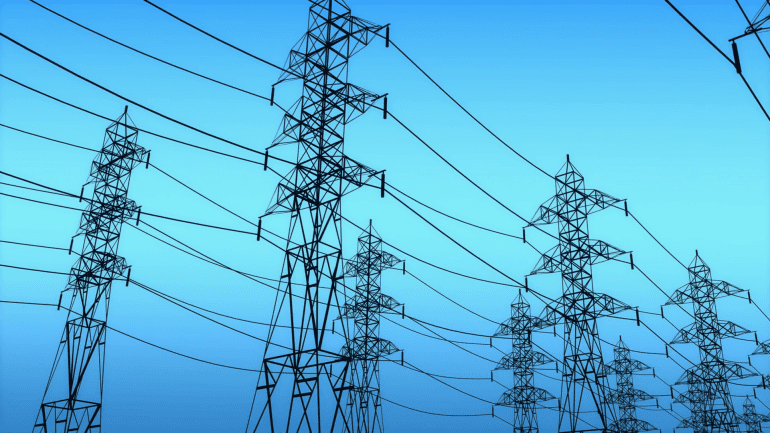- Generative AI strains electricity grids due to its energy-intensive nature.
- Large Language Models (LLMs) fuel generative AI systems, demanding vast computational resources.
- Data centers, powering AI and storing global information, witness exponential electricity consumption.
- Concerns arise over the environmental impact of data centers, particularly in energy-intensive regions.
- Utility companies face challenges meeting escalating data center demands amidst domestic manufacturing resurgence.
- Shifts in data center locations towards renewable energy hubs and efficient hardware aim to mitigate energy consumption.
- However, uncertainties persist regarding the long-term energy demands and environmental implications of AI-driven technologies.
Main AI News:
The proliferation of generative AI presents a significant challenge, as highlighted by Sasha Luccioni of Hugging Face, a prominent machine-learning company. Generative AI, she asserts, is a voracious consumer of energy.
According to Dr. Luccioni, every query activates the entire model, rendering it highly inefficient from a computational standpoint. Large Language Models (LLMs), central to many generative AI systems, have been trained on extensive repositories of data, enabling them to produce text in response to almost any prompt.
“When utilizing generative AI,” Dr. Luccioni explains, “it’s essentially creating content from scratch, fabricating responses, which places a substantial burden on computing resources.“
Research conducted by Dr. Luccioni and her team suggests that generative AI systems may consume approximately 33 times more energy than machines running task-specific software. This finding, though peer-reviewed, awaits publication in a scientific journal.
The energy-intensive computations, however, do not occur on personal computers or smartphones but rather in colossal data centers, largely out of public view.
“The cloud,” Dr. Luccioni emphasizes, “obscures the massive energy consumption of these metal behemoths.“
The world’s data centers are witnessing a surge in electricity consumption. In 2022 alone, they devoured 460 terawatt hours of electricity, with projections from the International Energy Agency (IEA) indicating a doubling by 2026, potentially reaching 1,000 terawatt hours annually. This spike in demand rivals the electricity consumption of Japan, a nation of 125 million people.
These data centers serve as repositories for vast amounts of information, facilitating global access to everything from emails to entertainment content. Additionally, they power AI applications and cryptocurrency networks, playing an indispensable role in modern life.
However, the energy-intensive nature of data centers has drawn scrutiny, particularly in regions grappling with soaring energy demands. In Dublin, a moratorium on new data center construction reflects concerns over the sector’s growing appetite for electricity. Nearly one-fifth of Ireland’s power supply is consumed by data centers, a figure expected to escalate in the near future.
The CEO of National Grid foresees a sixfold increase in data center electricity demand in the UK over the next decade, primarily driven by the proliferation of AI technologies. While this demand is substantial, it pales in comparison to the energy needed for electrifying transportation and heating systems.
In the United States, utility companies are feeling the strain of escalating data center demands amid a resurgence in domestic manufacturing. Lawmakers are reconsidering tax incentives for data center developers due to the strain they impose on local energy infrastructure.
Chris Seiple of Wood Mackenzie highlights a “land grab” for data center locations near power stations or renewable energy hubs. Iowa, with its abundance of wind generation, has emerged as a prime destination for data center development.
The evolution of hardware underpinning generative AI introduces further uncertainty regarding future energy demands. Tony Grayson, General Manager at Compass Quantum, points to Nvidia’s Grace Blackwell supercomputer chips, specifically designed for high-end processes like generative AI and quantum computing. These chips promise significant energy efficiency gains, potentially reshaping the landscape of data center operations.
Despite advancements in energy-efficient hardware, concerns persist regarding the environmental impact of manufacturing these components. Dr. Luccioni underscores the substantial energy and resources required for producing the latest computer chips.
Conclusion:
The escalating energy demands of generative AI and data centers pose significant challenges for electricity grids and environmental sustainability. As the market navigates these challenges, opportunities arise for innovative solutions, such as renewable energy integration and energy-efficient hardware, to mitigate the impact on infrastructure and the environment while sustaining the growth of AI-driven technologies.

